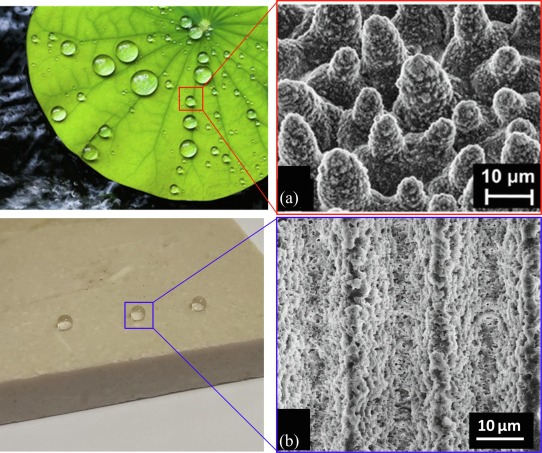Nanosecond Laser Switching of Phase-Change Random Metasurfaces with Tunable ON-State

Towards photonic devices for computing: optical switching.
Nanocomposites and metasurfaces
Nanocomposites are artificial systems composed of two or more materials in which at least one of them forms nanometer-sized structures (nanostructures). Nanocomposites have unique properties not found in nature.
Metamaterials, in turn, are artificial materials formed by nanostructures that present unusual electromagnetic, thermal or mechanical properties that come from the designed nanostructure and not from its composition. The fields of application of metasurfaces are constantly growing in key technological areas, such as communications, energy, catalysis and medicine.
Specifically in the field of nanophotonics, the use of metasurfaces formed by metallic and dielectric nanostructures has allowed the control of light at nanometer scales, allowing the manipulation and processing of light in ways impossible to achieve with natural materials.
The studio
In this work, researchers from the IO Laser Processing Group and the Iztapalapa Metropolitan Autonomous University have explored a strategy to achieve fast and time-controllable optical switching using a nanosecond laser. The idea is to use a metasurface formed by nanostructures that can change their optical properties when the laser pulse interacts with them, while the thin sheet where they are contained is formed by an optically passive and thermo-mechanically stable and robust transparent material. In this case, nanostructures have been used that melt when the laser strikes, and that then solidify again at the end of the laser pulse. The process that occurs is called solid-liquid phase change. This approach is original since until now to obtain switching in nanotechnology, the use of metasurfaces in which the nanostructures were stable while the layer that contained them changed phase has been favored. In this new configuration, more flexible devices can be designed in which the sheets can be varied or combined.
To achieve nanostructures that can melt (liquid phase), they have been prepared from bismuth (Bi), which is a material that has a low melting point (270 ° C) of bismuth, which allows triggering the solid-liquid phase transition with a low energy laser pulse.
The ON mode occurs when the metasurface is irradiated with a laser pulse of a few nanoseconds. The energy deposited by the laser pulse induces the formation of the liquid phase Bi of the nanostructures and as a consequence the metasurface reflects less light. Once the laser pulse is finished, cooling of the Bi nanostructures occurs on time scales of up to hundreds of nanoseconds, after which the solidification of the Bi nanostructures occurs, generating the OFF mode, which is observed by an increase of the light reflected by the metasurface. The solid-liquid-solid phase change cycle lasting hundreds of nanoseconds defines a temporary ON state window, the duration of which depends on both the laser energy and the design of the metasurface. This controlled variable duration of the switching process is very interesting for neuromorphic computing processes. In addition, the work shows that the ON-OFF optical switching process based on the Bi metasurface is very robust since it can be repeated more than 10,000 times in a stable way without any damage being observed.
The results shown demonstrate that this metasurface is suitable for the development of all-optical volatile switching components with nanosecond speeds.

Random Metasurface
The metasurfaces used in this work are random metasurfaces, but what is a random metasurface?
We use the term random metasurface to refer to metasurfaces in which the constituent elements are randomly arranged favoring certain distributions of size, density, and orientation, as opposed to traditional metasurfaces made up of well-ordered elements with a single size, density, and orientation that are usually they are manufactured using expensive lithography techniques.
Properties of bismuth
Bismuth (Bi) stands out for its particular electronic structure and its optical and thermoelectronic properties. Recently it has been shown that its structure exhibits giant interband electronic transitions in the mid-infrared. These transitions for nanophotonic applications are very interesting since they give rise to bismuth-based nanostructures showing a dual behavior, allowing both plasmonic-type resonances in the ultraviolet and visible regions of the spectrum, and Mie-type resonances in the infrared due to their high refractive index. In addition, Bi shows excellent potential for the development of reconfigurable active photonic components such as those in this study.
The work is a collaboration between the Laser Processing Group, Institute of Optics, IO-CSIC and the Department of Physics, Universidad Autónoma Metropolitana Iztapalapa
Reference: Nanosecond Laser Switching of Phase-Change Random Metasurfaces with Tunable ON-State. Adv. Optical Mater. 2022, 10,




